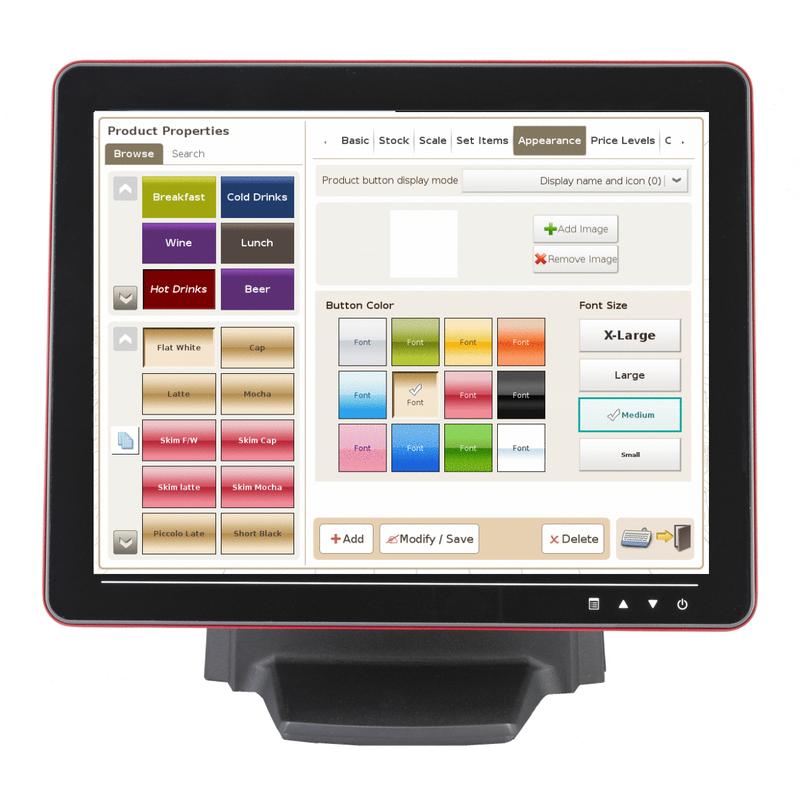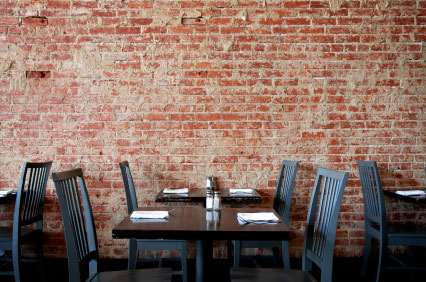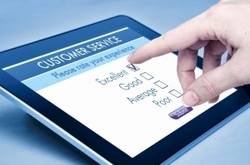Having a website to advertise your restaurant is becoming almost mandatory in today's market. Building a winning website can take time and money. The good news is that you don't need to do it all straight away. Websites can be updated at any time so think about it more as a journey. Here are 7 tips to help you along the way.
1. Know your audience
The key to building a winning restaurant website from the start is to know your target audience. Knowing your target audience gives you a basis for the design of the website. For example a clean and bright design might better reflect a younger target market. A professional, elegant website might better reflect a fine-dining establishment. Knowing who your website is targeted at also helps you write the website copy. It can also assist with what special offers to advertise.
2. Use a colour scheme
Using colour is a powerful tool to convey what your restaurant is about. It should be a key consideration in the design of your website. This is what some common colours symbolise:
White: freshness, purity, freedom
Black: mystery, creation (food photography looks great against a black background)
Brown: reliability, stability, tradition
Red: Passion, desire (often used by fast-food restaurants)
Once you know your target audience then choosing the right colour for your website is easier. Colour can influence behaviour. So choose wisely and use it to your benefit.
White: freshness, purity, freedom
Black: mystery, creation (food photography looks great against a black background)
Brown: reliability, stability, tradition
Red: Passion, desire (often used by fast-food restaurants)
Once you know your target audience then choosing the right colour for your website is easier. Colour can influence behaviour. So choose wisely and use it to your benefit.
3. Keep it simple, make it user-friendly
A key goal of your restaurants website should be ease-of-use and simplicity. Your website should look good on a desktop and a smart phone. Google now punishes websites that are not mobile friendly in their search results. An easy way to overcome this is to use a responsive website.
One common mistake restaurant websites make is a hard to read menu when viewed online. Don't simply upload a scanned copy of your menu. Ensure it is formatted for the online domain, is easy to read and navigate. This is especially true on a smaller screen.
One common mistake restaurant websites make is a hard to read menu when viewed online. Don't simply upload a scanned copy of your menu. Ensure it is formatted for the online domain, is easy to read and navigate. This is especially true on a smaller screen.
4. Answer the customers questions
As well as being user-friendly your restaurant website should answer the common questions that customers are likely to ask. These include:
Your contact form should be easy to use and include an email address and phone number. Include fields that help identify what it is the customer is contacting you about.
A map to show where exactly your restaurant is located, opening hours and a menu will save staff from answering the questions over the phone. As mentioned earlier, ensure the menu is easy to navigate and has been tailored for the website.
- How do I get in contact with you?
- Where is your restaurant located?
- When are you open?
- What food do you serve?
- What are your specials?
Your contact form should be easy to use and include an email address and phone number. Include fields that help identify what it is the customer is contacting you about.
A map to show where exactly your restaurant is located, opening hours and a menu will save staff from answering the questions over the phone. As mentioned earlier, ensure the menu is easy to navigate and has been tailored for the website.
5. Have a blog
Blogs are becoming a must-have as part of any website including for those of us in the hospitality industry. Google's algorithm is paying more attention to the original content that a website is generating. You can use a blog to share your restaurant's news. It also helps to open up a dialogue with your customers. This can be important for gauging feedback on how you are performing.
6. Incorporate high-quality photos
We're in the food business so great photos of your menu items is important for a great website. Visitors are on your site mainly to view your product. You need to sell it to them. It is important therefore not to skimp on this part of the website. Poor food photography can actually do more damage than it does good.
You want to demonstrate what your dishes look like. Make them look delicious and elicit hunger from those viewing them. After seeing photos of your food customers should be rushing in to try it out.
You want to demonstrate what your dishes look like. Make them look delicious and elicit hunger from those viewing them. After seeing photos of your food customers should be rushing in to try it out.
7. Be Unique
To build a winning restaurant website you have to stand out from the crowd. At the same time you have to stay true to what you are all about. Think of your website as an extension of the restaurant. It needs to have personality. Potential clients should be able to look at your website and get a feel for what is like to dine at your establishment. Make it personal as well. Don't be afraid to show-off members of your team.
If you follow these tips then you'll be well on your way to building a winning website for your restaurant that attracts business to your establishment.
If you follow these tips then you'll be well on your way to building a winning website for your restaurant that attracts business to your establishment.





 RSS Feed
RSS Feed